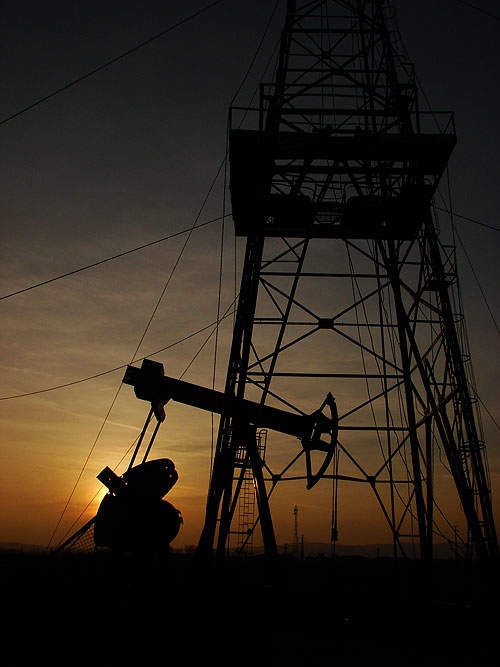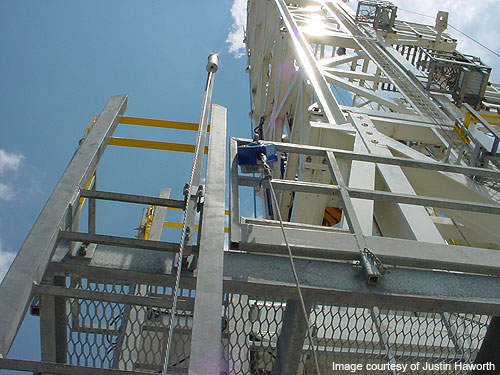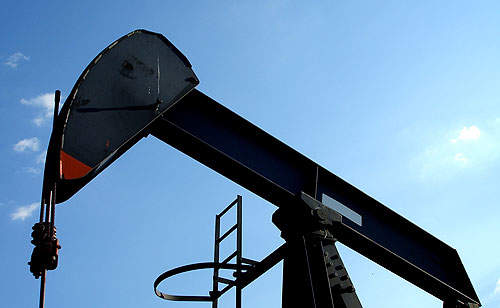Sea Lion is an oil field in the Falkland Islands, off the Argentinean coast. The field is part of the exploration licence PL032 in the North Falkland Basin.
The field is 100% owned by Rockhopper Exploration. The company has successfully completed drilling an exploration well at the field and is planning to drill an appraisal well.
Although the island basin was explored for a few decades in the past by Shell and Amerada Hess, no oil was discovered. With the rise in oil prices, investment in exploration came under consideration again.
The field is in the initial stages of exploration and the analysis based on the latest data indicates the presence of mobile crude oil. The company hopes to initiate field development in the future.
Sea Lion discovery
Sea Lion is located near well 14/10-1, which was drilled by Shell to explore the Falklands basin. The well recovered live oil earlier.
Rockhopper Exploration discovered oil in the prospect when the company drilled exploration well 14/10-2 in 2010. The Sea Lion discovery marked the first contingent oil resource in the Falkland Islands.
Geology and oil reserves
Sea Lion is a basin floor fan and lies in the barremian source rock interval.
Rock Physics Associates conducted analysis at Sea Lion using the amplitude versus offset technique and concluded the presence of hydrocarbon indicators.
The field is estimated to contain recoverable contingent resources of 242 million barrels of oil (mmbbls), on a best estimate. The average recoverable resources stand at 291mmbbls. The average stock tank oil in place is estimated at 943mmbbls.
The reserve estimates were made by RPS Energy, which has been commissioned by Rockhopper Exploration for the Competent Person’s Report.
The best estimate provided for the field by RPS Energy initially stood at 170mmbbls. The estimate was raised to 242mmbbls based on the analysis of results from the exploration well 14/10-2. There is a significant upside potential left.
Sea Lion field development
Because the project is in its nascent stages, Sea Lion has no field development plan announced so far. The plans will be announced after the results of the appraisal wells.
Rockhopper Exploration raised $50m in 2009 by placing new equity shares. Part of this is destined for drilling the Sea Lion prospect.
The company is currently exploring Sea Lion and expects to begin appraisal of the field in late 2010. The company spudded the exploration well Sea Lion 14/10-2 in April 2010. The well was suspended in May 2010 for future testing. It was drilled to a depth of 2,744m.
The well encountered top oil sand at 2,374m subsea. It encountered low oil sand at 2,591m subsea.
The rig does not have facilities for analysing fluid samples collected during drilling. Rockhopper Exploration, therefore, collected multiple fluid samples from the well and sent them to a laboratory to conduct further analysis.
Analysis of the well samples showed 217m of gross oil column with a net pay of 53m. A total of seven pay zones were identified. The average porosity was 19% while the maximum porosity was 28%. Analysis to date, however, indicates the possibility of separate oil columns.
The low and high estimates of the prospective resources, provided by RPS Energy, were 58mmbbls and 472mmbbls respectively.
Drilling equipment
The Ocean Guardian rig was used to drill the exploration well at Sea Lion. It is a semi-submersible rig owned by Diamond Offshore Drilling. It arrived at the Falklands Islands in February 2010 on a campaign to drill multiple wells. It started drilling in the Sea Lion prospect in the second slot of the programme.
The rig carries Earl & Wright Sedco 713 Series design. It is an ABS AI column stabilised drilling unit that can drill up to a depth of 25,000ft. The rig can drill in water depths of up to 1,500ft.
The Ocean Guardian rests on eight columns and has a helideck for Chinook 22T. The rig comes with one Clarke Chapman NEI w/128 boom, 45mt crane and a SeaTrax 9036 w/140 boom, 55 T crane. The mooring system includes eight Vicinay K4 stud link chains w/Bruce 12mt mk4 anchors.










